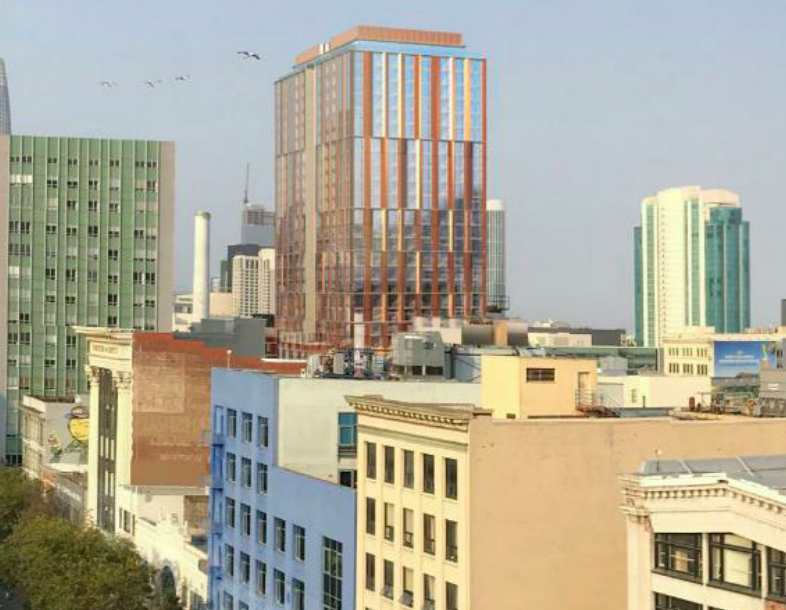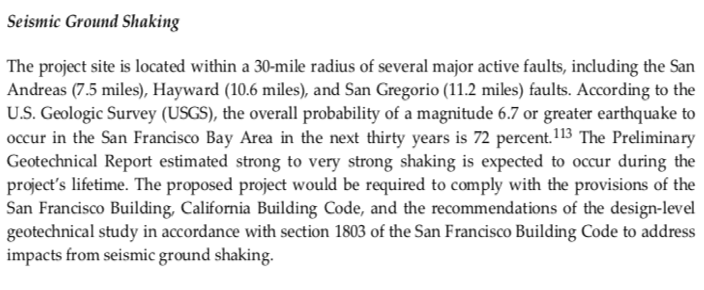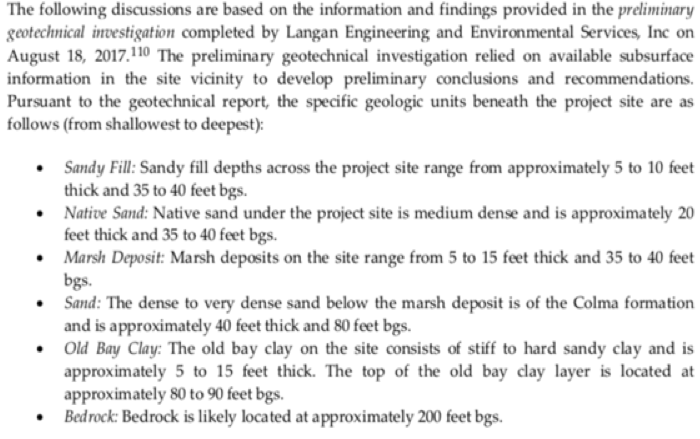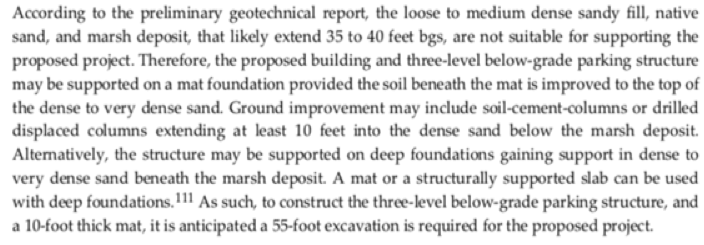A 27-story 400-unit market-rate housing development at 469 Stevenson, if approved, will drive the gentrification of Soma’s Sixth Street community—the last Soma low-income neighborhood left today—beyond the point of no return.
The city’s environmental review of the proposal also has serious problems, including a near-total ignorance of the seismic safety hazards of building a tower on that site.
Alternatively, this is the most important and promising potential affordable housing site in Soma.

The would-be developer of 469 Stevenson, Build Inc., is asking the city at the same time to approve cramming more/smaller studio apartments into its already-approved One Oak Street 37-story tall market housing project at Van Ness and Market Streets.
Build Inc. has suggested it would partly mitigate the impacts of the 469 Stevenson project by buying a small residential hotel on Turk Street in the Tenderloin and giving it to some nonprofit group for low-income housing. But that is pitifully inadequate numerically and will do nothing at all to protect our Sixth Street community from gentrification.
And the gentrification threat for Sixth Street is already very real. The 5M project on Fifth Street will be completed this year, including its new market-rate housing. If another big market-rate project is approved on this same block as proposed by 469 Stevenson, that would put all other existing housing nearby at risk of being purchased by “investors” to be ‘flipped’ into up-market tech-worker housing.
For example, the predominantly Filipino-American 200+ unit Mint Mall apartment building, between 5M and 469 Stevenson, would immediately become a prime target for such a “reno-viction” project that could displace all of its existing tenants—legally.
Likewise, the 200+ room Chronicle Hotel SRO on this block of Mission Street, which has shamefully remained closed and empty for the last 20 years, would become another prime target for a group housing/dorm buyout, instead of becoming an affordable SRO for our unhoused, as it always should have been.
And the half-dozen privately-owned SRO hotels the city now master-leases for homeless housing along Sixth Street could all be “taken to market” when those costly lease expire soon. Because none of the leases include an option to buy the property!
But none of this has to happen.
Instead Build Inc. can deed the 469 Stevenson site to the city for future affordable housing construction and receive a full credit for its land cost to apply towards the affordable housing fees that will be required for the much bigger One Oak Street project. This has been done before for by other developers for other Soma projects.
The 469 Stevenson parking lot could then instead become 100 percent affordable housing for the future of our Sixth Street community. And its ground floors could provide much needed space for community programs for all the residents of Sixth Street.
One of several significant issues that are the basis for our Appeal of the certification of this project’s FEIR is its failure to fully evaluate potential seismic issues for this project. In fact, the was NO evaluation of the project’s seismic risks in the FEIR at all! That is because the project’s Initial Study concluded incorrectly that there could be no potential significant impact, and thus the D/FEIR did not address the issue at all.
This is absurd on its face. The South of Market is indisputably one of the most seismically vulnerable areas in the City. The project site is located on the edges of the former Mission Bay marshes that covered much of SOMA before post-Gold Rush landfills. The Initial Study itself described the situation:



But this Initial Study “evaluation” is not even based on any actual geotechnical data for the project site itself. It’s just a summary of other soil test information for other nearby locations for other projects in the past. Given the known hazards of Soma soils, this failure to fully evaluate the site based on actual soil tests of the site’s soils is by itself a fatal flaw for the adequacy of the project’s environmental review process. How could they know? They can’t. They don’t.
Moreover, the project’s foundation design used by the Initial Study for this “evaluation” is no longer the foundation design of the approved project. There will no longer be a three-story garage under the building—it cost too much. So when the project and its Final Environmental Impact Report were approved by the Planning Commission no one actually knew what the foundation design would be—including the developer.
Here is just some of what should have been considered in an adequate CEQA project evaluation. First, the project site is located on the edge of the pre-Gold Rush Mission Bay marshlands. Second, the project site is less than 400 feet away from TODCO’s Bayanihan House SRO property at Sixth and Mission Streets, for which we have a complete 2001 geotechnical soil test/analysis.
What we learned in 2001 is that the subsurface marsh-edge soil conditions in this area are particularly problematic for building foundation design, because the load-bearing capacity of these soils changes rapidly horizontally across even a single lot. Half of Bayanihan House’s below-grade soils were relatively firm, but the other half nearer the marsh were softer. This presented a grave risk to the existing building above – possible “differential settlement” during an earthquake. One part of the building might sink a foot or more than the other, which could lead to major structural failures and even building collapse as occurred during the 1906 earthquake to multiple buildings on Sixth Street.
So to deal with that, we installed a new pile foundation beneath the existing building as part of its 2004 substantial rehabilitation.
There is no way that a similarly-situated 469 Stevenson project can possibly be constructed safely except on a deep pile foundation too—especially a mammoth 25 story tower. But the Planning Commission did not have any of this geotechnical information before it when it approved the project’s FEIR and development— because the entire topic was omitted from the project’s EIR to start with!
Thus no requirements were included in the project’s conditions of approval, except the boilerplate requirement for a building permit based on some future study. And the public also had no way to address this issue, lacking an actual geotechnical analysis for the site at that time. This is clearly legally inadequate CEQA project review.
There is another South of Market project in San Francisco whose D/FEIR likewise failed to consider the potential for differential settlement on the project site, and thus was not required to install a pile foundation to firm soil deep below grade when it was approved by the Planning Commission—the Millenium Tower. So today it is San Francisco’s “Leaning Tower of Transbay.”
TODCO has worked and fought to assure a stable future for the thousands of residents of the Sixth Street Community since it was hit hard by the Loma Prieta Earthquake in 1989. TODCO spearheaded the city’s Sixth Earthquake Recovery Redevelopment Project that resulted in a dozen affordable housing developments there, and community facilities like the Bayanihan Center, Bindlestiff Theater, and the South of Market Health Center.
But the future of our Sixth Street community has never been more at risk to “market forces,” and that is what is at stake, here and now. We are determined to protect it.
This is why we have appealed the Planning Commission’s approval of the 469 Stevenson project’s Environmental Impact Report to the Board of Supervisors. The EIR is badly flawed legally. But more important, Build’s proposal is the Wrong Project, in the Wrong Place, at the Wrong Time.
The appeal of this project comes before the Board of Supes Tuesday/26 at 3pm.
John Elberling is executive director of TODCO.




